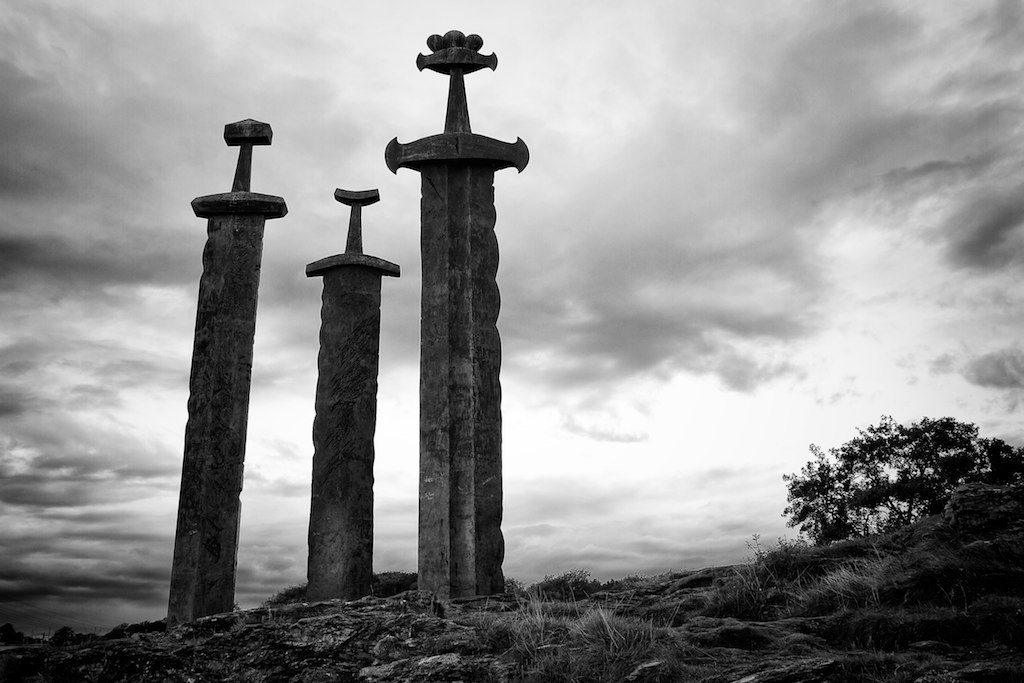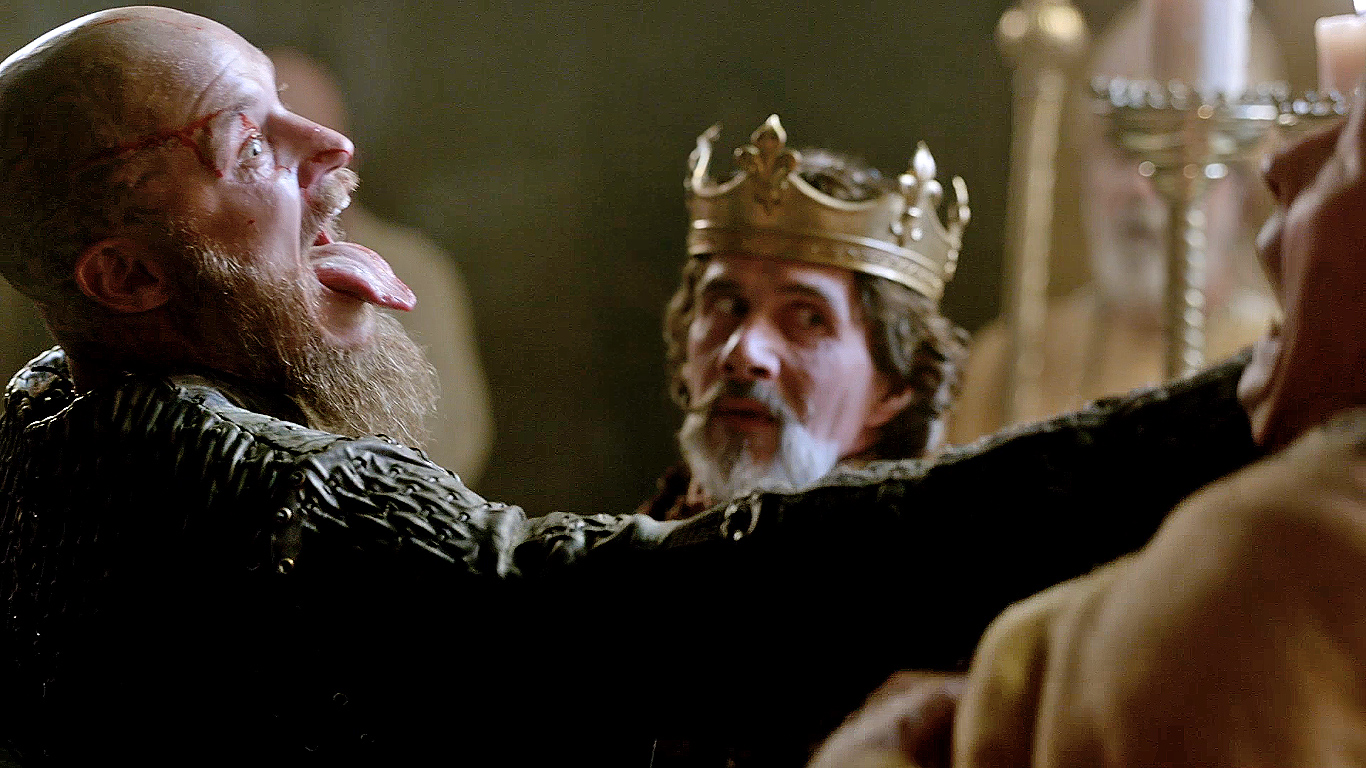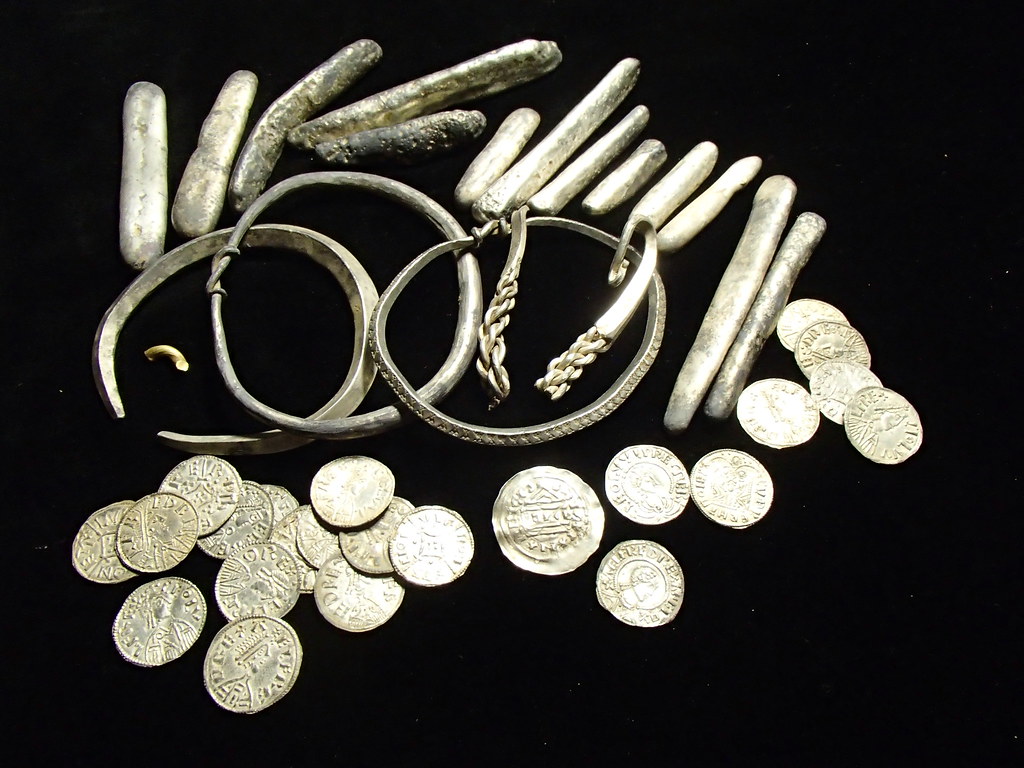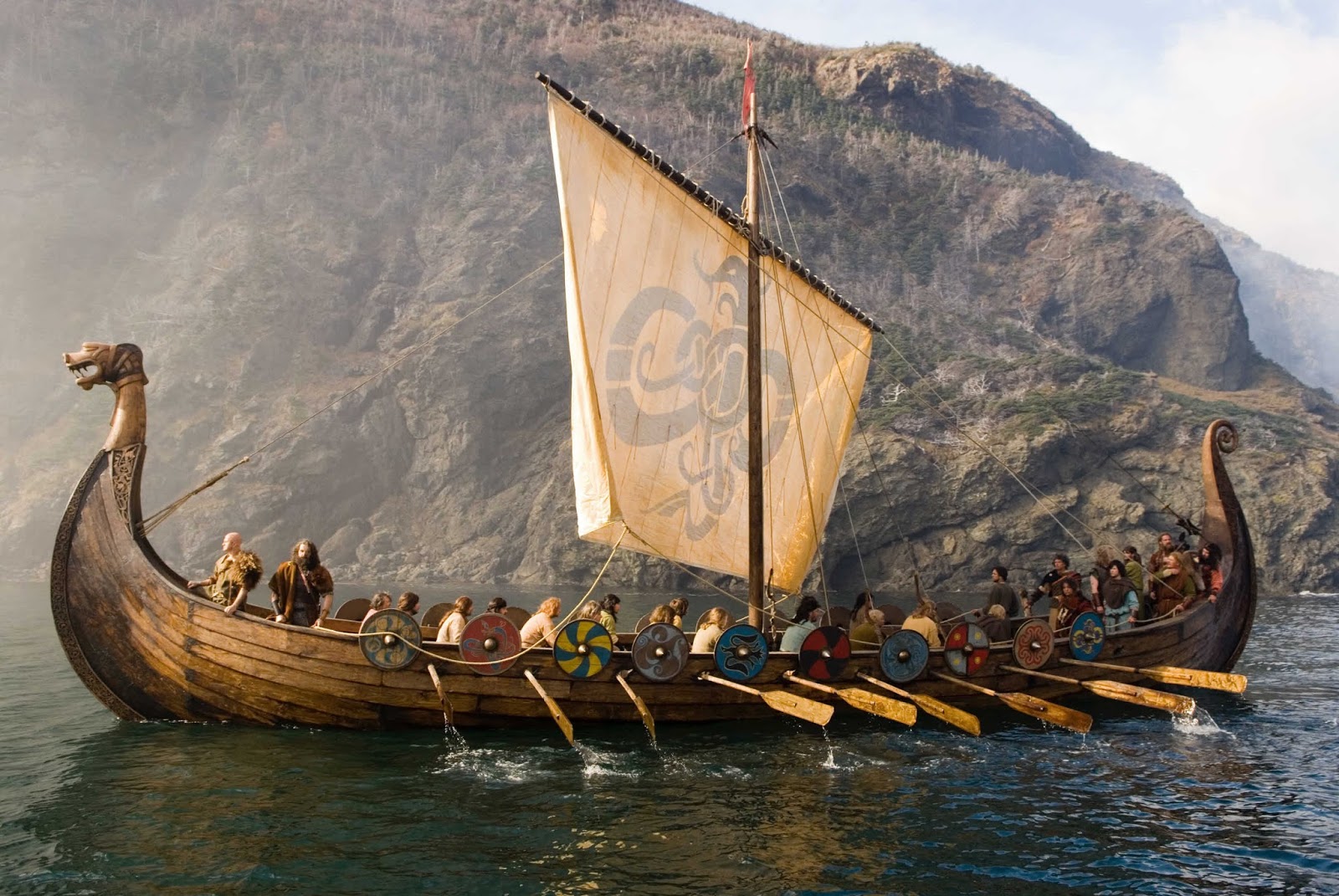

793
People Of The Norse
How the Vikings used money to trade across their vast territory.
Precise accounts of the Vikings and how they came about are generally written by their opponents or passed down verbally in tales before being written down many years later. So the exact origin of the Vikings and some of what happened next is shrouded in mystery and legend. One thing we do know however, is that the Vikings originally didn’t have money, though it may be hard to wrap your head around, the Vikings were originally just subsistence farmers, like most of the people at that time, including Britain. They would live in family units or small groups of people, growing plants and rearing animals and they would barter and trade their excess crops or animals with other locals to diversify their food supply and for subsistence goods, such as tools and raw materials.
One account of the Viking origin is family groups and villages within a set area would have a local warlord. Basically the local warlord, and presumably his men, would not have their own farm, but would instead travel from village to village and the local people would adorn him/them with food and gifts, and in return the warlord would offer protection, both from his own crew and out-of-area raiders. As the warlords took over one another and grew in power, so did their area of protection and so the warlords army, making it more difficult for raiders to pillage locally, so instead they were forced to travel farther distances to get their loot. It was here when they ventured away from Norway and on to Britain.
The first account of a Viking raid was in Britain in 791, at a Christian monastery on a small island, but a more famous raid came a couple of years later in 793 at Lindisfarne in the north-east of England. From here on the Vikings continued to expand their “reign of terror” across the globe, including Russia, the Middle-East, Europe and North America, all the way until 1066 at Stamford Bridge and Hastings, where the Vikings lost, and the rest as they say, is history. Yet despite being taught that the Vikings did nothing but rape and pillage, if you dig a little deeper, it indeed seems that there was more to the Vikings than just mindless looting and destruction. (fun fact: On QI recently, Sandi Toksvig spoke of how the stories of how barbaric the Viking raiders were may well have been embellished to put the British women off, who were falling for the Norse as they washed once a week.)
The Norsemen didn’t just go around stealing from anyone and everyone, they knew when they had met their match and if a raid would not be worth the risk or losses, or if they could get a better offer from just trading. There are in fact accounts that the Vikings were avid traders before the raiding started, trading furs and ivory with other countries, such as Denmark (presumably for bacon). The Vikings, or Varangians as the Greeks called them, even used the Silk Road to trade with China, for many items, including Silk. Silk has been found in many archaeological sites in Scandinavia. They liked cinnamon so imported them from warmer Mediterranean countries and they imported wine from France and Germany for the wealthy. In return the Vikings had plenty to offer the world too, from amber jewellery and thick furred animals for fur, such as foxes, otters, beavers and bears, but also dense-woolly sheep.

After invading Britain and finding their wealth of coins, they found the value of money and its usefulness as an intermediate form of trade. They took the principles of money back to Norway and not long afterwards, barter was replaced by precious metals as a way to trade, in the form of ingots and jewellery made from precious metals. Silver was used, as it is a common metal and therefore is easily widely distributed, it is also tough enough to hold its form.
The Vikings were clearly a very adaptive peoples and quick to adopt new ideas as not long after the introduction of money, after their raid on Britain in 793, silver was the core of the entire Viking economy by the next century. Most of the silver though was infact taken from large silver mines in Iraq, after which they went to Germany for their silver, not too dissimilar from large corporations today based in one country, say the US, China or Europe, yet operating an overseas commodity grab in another, such mining in Africa. There are many parallels from then to today, where the country which holds the mineral deposits is not the one which benefits from them. Maybe we could call the Vikings an early form of corporate warlords, as Vikings back then were precisely the same as shareholders are today, all about profit at any cost.
Though the Vikings were more complex than just heathen raiders, they did earn their reputation, they were ruthless mercenaries for hire and also dealt in the slave trade. The Norseman might have had a weekly scrub and charmed the British ladies, but there was plenty of truth to the stories as well. As the Vikings were all about profit, it does not appear that they had a grudge against any particular race or creed, as they would even raid their own country and sell their own fellow countrymen into slavery. So the more we learn, the more parallels can be drawn with the corporate world today, and the phrase “it’s a dog eat dog world” certainly rings true for the Vikings. However, what may be a more pertinent is a quote by Jordan Belfort from the film ‘the Wolf of Wall Street’ - “My killers, my killers who will not take ‘No’ for an answer. My fucking warriors, who will not hang up the phone till their client either buys. Or fucking dies!”
When the greedy warlords found money, they of course did all in their power to get more and more of it, just like the capitalist industry of today, the main difference between now and then is that back then it was just an open fact, now it is an open secret, using not swords and shields, but smoke and mirrors. The introduction of precious metals as a universal form of trade made things easier to expand, as it was now easier to fund an army, in the same way that most Kings used, or even invented money, to be able to pay for their own armies. Before money, most people would need to grow or raise their own food supply, but as soon as the silver was introduced, things could be scaled up outside of farm boundaries, including the number of non-farming warriors.

However, there was of course another side to the introduction of money into the Norse culture, as the large influx of silver boosted the local trade within Scandinavia too and freed people from the restrictions of local farming to be able to become craftsman and do skilled or artisan trades. The fisherman, who might have a large catch of fish, seals, walruses or even whales, would have had no need for all of it themselves, but most likely would not want to trade it for cattle or crops for example, but could now sell the catch to various difference peoples, including craftsman who used the bones and skins to make items such as needles and ornaments and leather items. This too would have allowed the Viking boats to purchase a large batch of a Scandinavian product and take it across the sea to sell for profit.
The economy could now grow beyond the borders of local villages and in the same way it enabled people to trade more freely and store their small personal wealth and do business with a wider variety of people, it also allowed a few people to gather and store mass wealth, and in some cases that would be passed on – for example Kings that were established to run trading towns across their empire, such as across Baltic Russia where each town was ruled by its own king, who would levy taxes on the imports and exports and give it to the Vikings in exchange from protection from pirates and raiders.

The way in which the Vikings managed this vast unorthodox Empire, apart from through the obvious fear, was the way in which they used money. The Vikings recognised that although different regions and kingdoms may have their own currencies and different values of coins and coin sizes, but the Vikings saw past all that and saw the common value, which was in the weight of the metal. The Vikings would regularly cut coins into smaller pieces to make smaller payments without any regard for the coins perceived value of origin. This enabled them to trade internationally without the worry of differing local values, they would bring their own scales and master weights upon which any silver could be placed, from coins to ingots to jewellery. Sometimes the Vikings would melt down the silver and cast it into their own form of money carrying device, such as a marked silver bracelet – this was a ring of silver which had regular notches made around it, so when making a payment, the Viking could just take out his axe or other blade and cut off the required number of pieces for the correct weight.
The Vikings flourished for a few centuries and expanded greatly while they did, but as Europe centralised their economy and its kings and armies grew, potentially even in response to the Vikings, the Norse way was replaced and faded out. However in their relatively short history, they travelled far and influenced much of the world, and are a great example of how the introduction of money can change a land in such a relatively short space of time, for better or worse.

